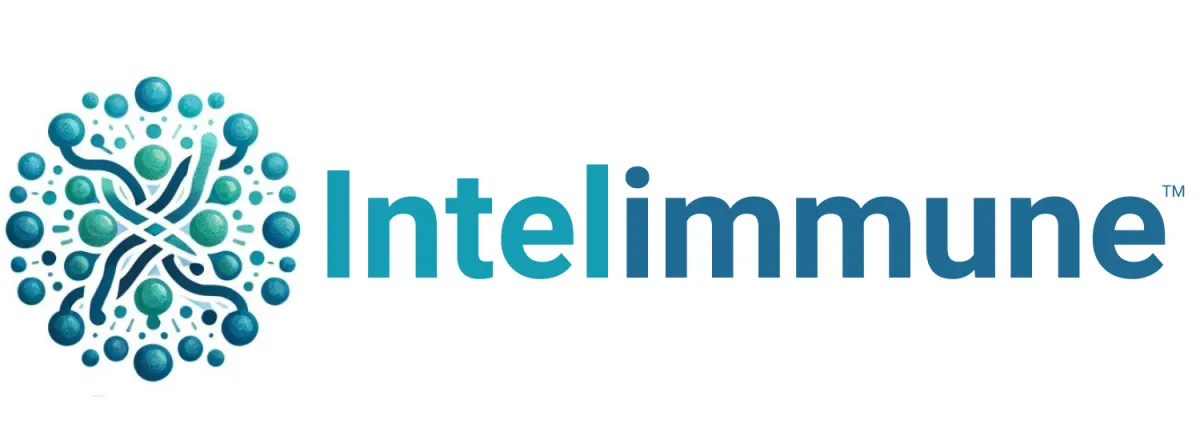Testing DNA vs. Testing Immune Age & Health
How Do They Complement One Another?
Disclaimer: Interpreting the results of DNA irregularities and immune age and health assessments should be done in consultation with healthcare professionals, who can provide a comprehensive evaluation and advice.
DNA IRREGULARITIES
Think of your DNA as the blueprint for your army. It encodes the instructions for building all your soldiers (cells) and their equipment (proteins). Any irregularity in the blueprint – mutations, deletions, or duplications – can affect how your soldiers function and fight.
Detecting DNA irregularities is like inspecting the blueprints for defects. Techniques like DNA sequencing or karyotyping can reveal these irregularities, highlighting potential weaknesses in your cellular army. While DNA testing can provide insights into genetic predispositions, it does not predict specific health outcomes with certainty
These irregularities don't directly translate to immediate problems. Just like a small tear in a blueprint might not cripple a building, a DNA irregularity might not always lead to immediate functional issues. However, it can increase the risk of problems in the future, similar to how a weakened structural element could eventually lead to building instability.
IMMUNE AGE & HEALTH
Think of immune age and health as the state of your actual army. Measuring T and B cell clones is like assessing the training, experience, and current deployment capabilities of your troops.
Immune age reflects the "wear and tear" of your army. Just like an aging army might have fewer experienced soldiers and a decreased ability to respond to new threats, a higher immune age indicates a less diverse and adaptable immune system. Immune age and health are indicators that may offer insights into the immune system's status, but should not be solely relied upon for assessing overall health or predicting future health issues.
Immune health reflects the current operational efficiency of your army. It assesses how well your troops are fighting, whether they're overreacting (inflammation) or underreacting (susceptibility to infections).
SIMILARITIES
Both approaches look for potential vulnerabilities in the body's defenses.
Both can provide valuable insights into future risks and overall health status.
Neither guarantees immediate consequences – a young army with poor training can be ineffective, while an older army with experienced veterans can still be strong.
While both tests provide insights, they are part of a broader set of diagnostic tools and should be interpreted within the context of a comprehensive health assessment by a healthcare professional.
DIFFERENCES
DNA irregularities focus on the fundamental building blocks and underlying potential weaknesses, while immune age and health assess the current state and functionality of the system.
DNA irregularities are static and permanent, while immune age and health can fluctuate depending on factors like lifestyle and recent infections.
Measuring DNA irregularities is like inspecting the tools and resources available to your army, while measuring immune age and health is like assessing how effectively those tools are being used.
CONCLUSION
Both approaches offer valuable information about your body's defense capabilities, but from different perspectives.
DNA irregularities tell you about the potential weaknesses in your blueprint, while immune age and health tell you about the current state and effectiveness of your actual defense system. Combining these insights can provide a more comprehensive picture of your overall health and potential future risks.
Phone: | Email:
Copyright 2025. All Rights Reserved.
